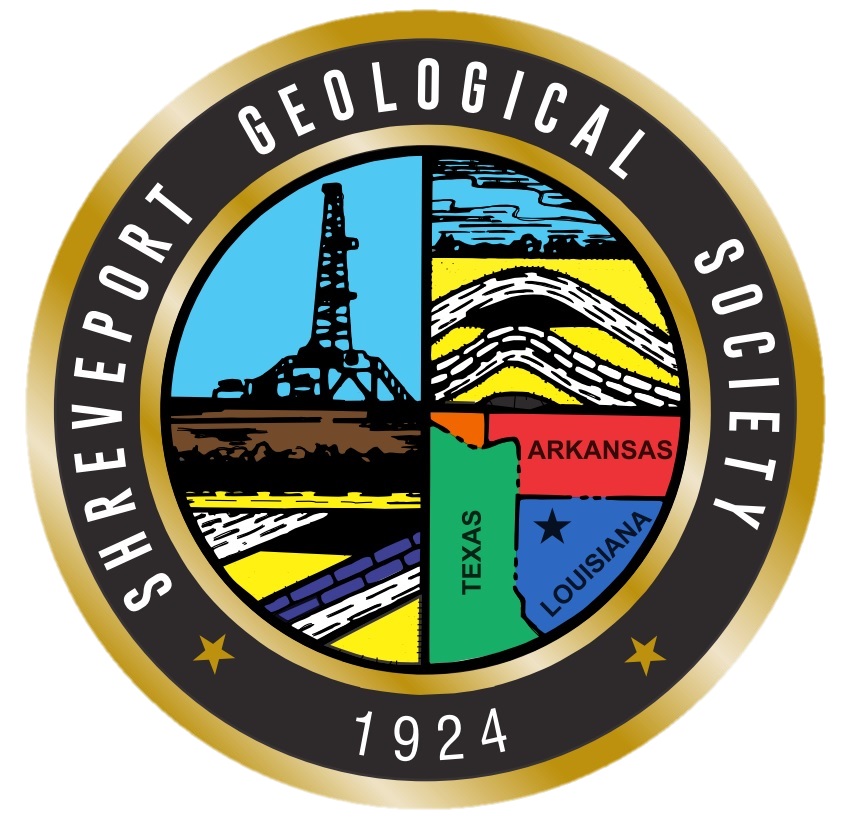In-Person
Where: The Petroleum Club of Shreveport, 15th floor
Cost: $25
If you’d like a seat, kindly use the form below to make your reservation by the preceding Friday.
We encourage members to invite guests, spouses, and friends to any of our meetings.
Virtual
Where: Zoom
(starting at 12:00PM)
Cost: $10
If you’d like to attend virtually, please pay with a credit card below and use the email address where you would like Zoom login details sent. Please make your reservation to attend virtually by noon the day before the meeting.
Biography
Jon Rotzien
Jon Rotzien is President of Basin Dynamics and Adjunct Professor at University of Houston. He specializes in reservoir presence and quality forecasting in conventional and unconventional drilling programs. Prior to his present posts, he served BP and other supermajor and independent operators in a variety of basins and petroleum reservoir technical training programs. As a business owner and scientist, Rotzien has participated in oil and gas exploratory to development drilling, mapping expeditions, technical competency training and consulting and has served as lead geologist in about one-third of those ventures. He is currently serving as Chair of the Houston Explorers Club. Rotzien received a Ph.D. in Geological Sciences from Stanford University and a B.A. degree in Geology from Colorado College.
Abstract
Niger Delta. West of Shetland. Campos and Santos basins. Gulf of Mexico. All testing grounds for our understanding of deepwater sedimentary systems. High risk. High pressure. High temperature. High rates. Decades of high production. Low maintenance. Low environmental and carbon footprint. The discoveries in these offshore regions around the 1980s prompted explorers to think: “Where else in the world can large oil fields with high-quality turbidite reservoirs be found?” In this way, deepwater became a target to pursue on a global scale (Fremin et al., 2022; Sears et al., 2022).
Recent, large discoveries in frontier settings have bolstered a positive trajectory for the deepwater creaming curve (Fig. 1 – Minken et al., 2022). The industry is in a deepwater renaissance, with the curve not showing signs of flattening. Not only have these discoveries increased the deepwater resource base, but they have also called into question the turbidite paradigm that persisted in exploration workflows since the final third of the 20th century.
Before the large discoveries in mixed deepwater systems in the early 21st century, the search for conventional turbidite reservoirs promoted a singular focus on deepwater sediment transport and depositional models dominated by downslope processes. Turbidites, debrites and transitional flow deposits were interpreted to be responsible for diverse submarine fan depositional systems comprised of elegantly interconnected canyon, channel, levee, splay and overbank environments. Today, along-slope as well as downslope (i.e., turbidity current) processes are interpreted to sculpt the modern seafloor (Fig. 2 – Rotzien et al., 2022; Hernández-Molina et al., 2022). Ancient stratigraphic successions in revered outcrops such as the Annot Sandstone (Grès d’Annot) in France also reveal evidence of along-slope sediment transport and deposition. In response, wildcatters and academic researchers alike have refreshed interpretations and depositional models to communicate new observations on mixed deepwater sedimentary systems to scientific and industry communities as crude oil prices remain attractive in the near term.







































